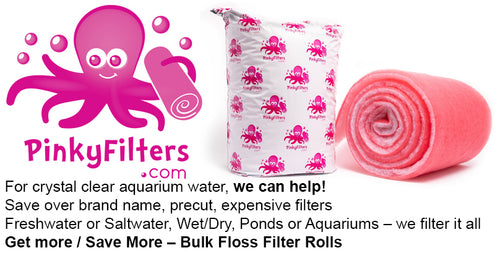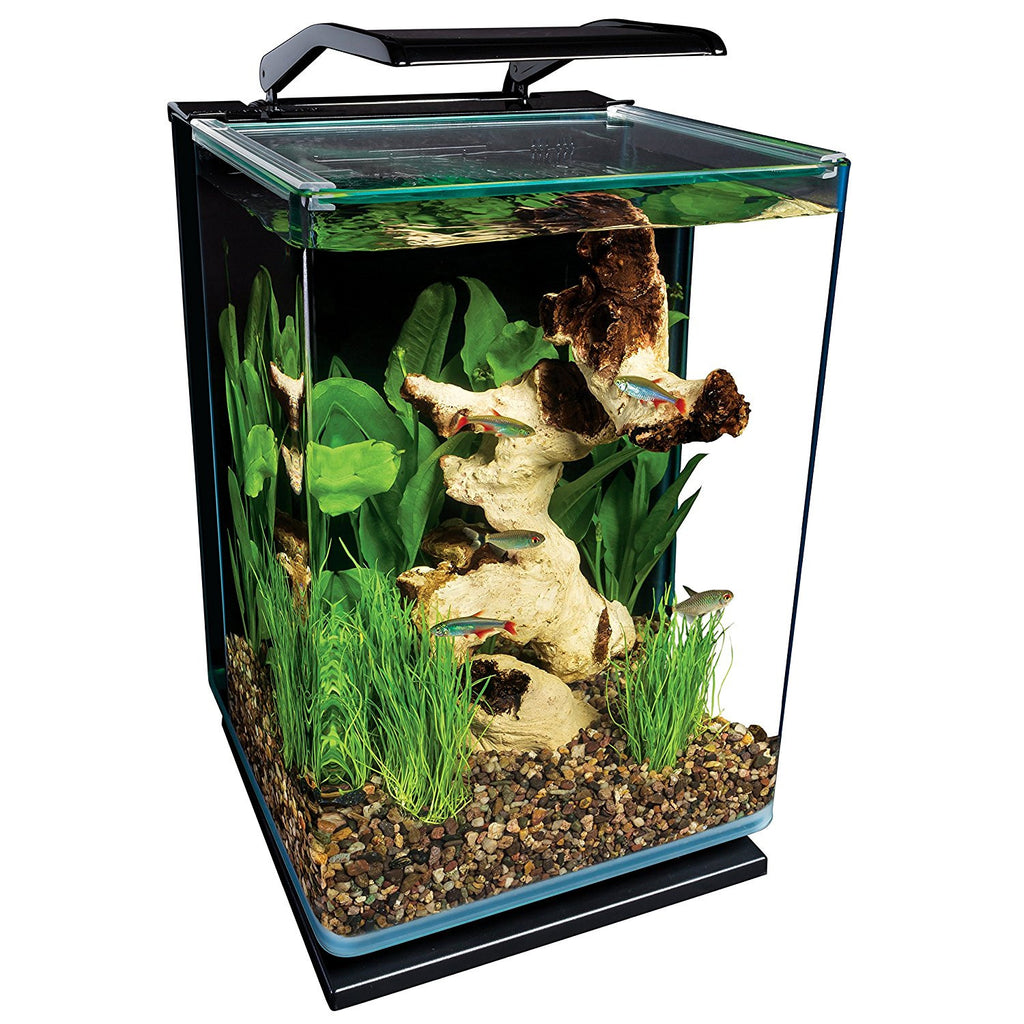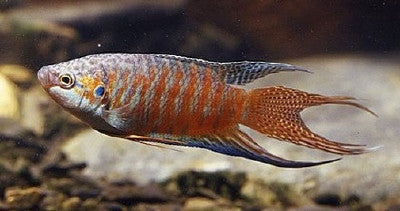Koi Ponds during the spring
Koi Ponds during the spring
Making sure your pond is ready for the coming seasons should not take you more than a weekend to complete, and will ensure that you have a successful water garden for the remainder of the year.
Your Koi pond will literally come to life at the first of springtime. The Living organisms in your pond have spent the previous winter in a proverbial hibernation, and are ready to come to life at the first signs of warm weather. This is the perfect time to begin maintenance on your pond before the fish, plants, and other pond life come back to live from their winter slumber. As the days begin to get warmer, your pond will start drastically changing. If you are not careful, you may miss this much-needed opportunity to perform maintenance. Generally, watch for temperatures around 50 degrees, as this is the perfect time.
The maintenance needed on your pond will largely depend on what happened during the previous winter. If the previous winter was hard, chances are you will need to perform more changes, so it may be a good idea to start as soon as you start noticing the weather changes. However, some spring maintenance will have to be completed every year, no matter how harsh or how mild the previous winter was.
Koi Pond Water Quality
 You may notice that the water in your pond is extremely clear when the seasons are changing from Winter to Spring. Do not let this fool you, as there are several factors that will cause problems once Summer comes if you do not remedy these issues ahead of time.
You may notice that the water in your pond is extremely clear when the seasons are changing from Winter to Spring. Do not let this fool you, as there are several factors that will cause problems once Summer comes if you do not remedy these issues ahead of time.
During the Fall and Winter months, organic material such as leaf’s and plant material may have found its way into your pond. While the water seems clear at the time, the organic material placed a large amount of nutrients into your pond, which will cause a surge of algae growth once spring arrives. If algae were not enough, the large amount of organic material in your pond will start to decompose, and will reduce the oxygen content in your water.
Since your water is perfectly clear, it is the perfect time to clear all this unwanted debris and slit from your pond. This can be completed in several ways.
- Hire a pond professional from your local dealer or pet store. They will have the equipment needed to vacuum most the debris and slit out of your pond. While this is a more costly option, you will have the assurance that the majority of the problem causing material will be removed from your pond.
- If hiring a professional is not an option, you may want to consider using a fine mesh net to scoop up as much debris as possible. The only issue is most nets will only stir up the slit in your pond, rather than remove it.
- Once you have removed unwanted debris, you must then test your water. Winter seems to cause the pH levels to change. At the start of Spring, your pH level should be an 8. This can be achieved by topping your pond off with treated tap water which is buffered to be slightly alkaline by your local water company.
Maintaining your Fish
Spring time is a very weak time for your fish, because they have not eaten for months, and have may be living on a low level of energy. This cause your Koi to be more susceptible to attacks from organisms such as bacteria, parasites, viruses, and fungi. This makes Spring the opportune time to take all preventative measures possible. Adding a large spectrum of treatment solutions will greatly reduce the amount of disease causing pests and material. Once the temperature warms up, another dose of this treatment will ensure that your Koi will be well protected while they redevelop their immune systems. Once temperatures warm up, your Koi immune systems will be effective enough to protect themselves from disease.



 It is important to set up and run an aquarium before any fish are introduced into the environment. Wash the tank and any substrate and decorations thoroughly with water. Don't use any soap. Fill the tank with de-chlorinated water and attach filters and lighting. Allow the tank to cycle until the water is no longer cloudy and sufficient P.H and water temperatures have been established.
It is important to set up and run an aquarium before any fish are introduced into the environment. Wash the tank and any substrate and decorations thoroughly with water. Don't use any soap. Fill the tank with de-chlorinated water and attach filters and lighting. Allow the tank to cycle until the water is no longer cloudy and sufficient P.H and water temperatures have been established. 



 Aquariums drastically changed in the 1960's with the invention of silicone adhesive. Metal frames became obsolete and more people started to keep salt water fish and invertebrates. More recently glass tanks have become less frequently used due to the flexibility of acrylic. Literally flexibility! Acrylic aquariums are far more for forgiving than there glass counterparts. If a heavy object strikes a glass tank, it will almost certainly break. The flexibility of an acrylic tank will prevent this catastrophe from happening. In addition, acrylic offers more flexibility in design than glass. Acrylic aquariums have been made into everything from coffee tables to gum ball machines.
Aquariums drastically changed in the 1960's with the invention of silicone adhesive. Metal frames became obsolete and more people started to keep salt water fish and invertebrates. More recently glass tanks have become less frequently used due to the flexibility of acrylic. Literally flexibility! Acrylic aquariums are far more for forgiving than there glass counterparts. If a heavy object strikes a glass tank, it will almost certainly break. The flexibility of an acrylic tank will prevent this catastrophe from happening. In addition, acrylic offers more flexibility in design than glass. Acrylic aquariums have been made into everything from coffee tables to gum ball machines. 
